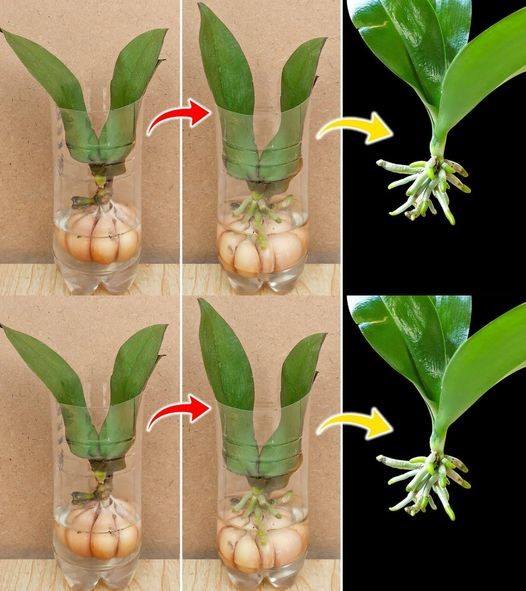ADVERTISEMENT
**How to Grow Orchids in Water: A Simple Guide to Stunning Blooms**
Orchids are some of the most beautiful and exotic plants, known for their stunning flowers and unique shapes. While orchids are traditionally grown in soil or bark-based mixes, an increasingly popular method of growing these plants involves growing them in water. Growing orchids in water offers a more modern, low-maintenance way to care for your beloved blooms. If you’ve ever wondered how to grow orchids in water, this article will guide you through the process and provide some tips to ensure your orchids thrive.
### Why Grow Orchids in Water?
Growing orchids in water, also known as **hydroponic orchid growing**, provides several benefits over traditional potting methods:
1. **Less Mess:** Without the need for soil or bark, there’s less chance for soil spills and messes around your home.
2. **Better Moisture Control:** Watering is often more consistent, helping to prevent overwatering or underwatering, which are common issues with traditional orchid care.
3. **Clearer Roots:** When grown in water, you can easily monitor the health of the roots and watch them grow in a way that’s not possible with bark or soil.
4. **Clean Look:** Growing orchids in water in clear glass containers creates a stylish, modern look that complements any home décor.
### The Best Type of Orchids for Growing in Water
Not all orchids are suitable for water-based growing. The **Phalaenopsis orchid** (moth orchid) is the most common variety that thrives in water, but other orchids, such as **Cattleya** or **Dendrobium**, can also work with this method. Phalaenopsis orchids are particularly well-suited for this method because their roots are thick and resilient, making them easier to grow without traditional soil or bark.
### Materials You’ll Need
To start growing your orchids in water, you’ll need the following materials:
– **Healthy orchid plant** (Phalaenopsis or another suitable type)
– **Clear container** (such as a glass vase, jar, or glass bowl) to hold water and show off the roots
– **Filtered water** (tap water with chlorine can damage the roots, so it’s important to use filtered or distilled water)
– **Small pebbles or stones** (optional, for stabilizing the plant)
– **Fertilizer** (liquid orchid fertilizer, diluted to half-strength)
For Complete Cooking STEPS Please Head On Over To Next Page Or Open button (>) and don’t forget to SHARE with your Facebook friends
